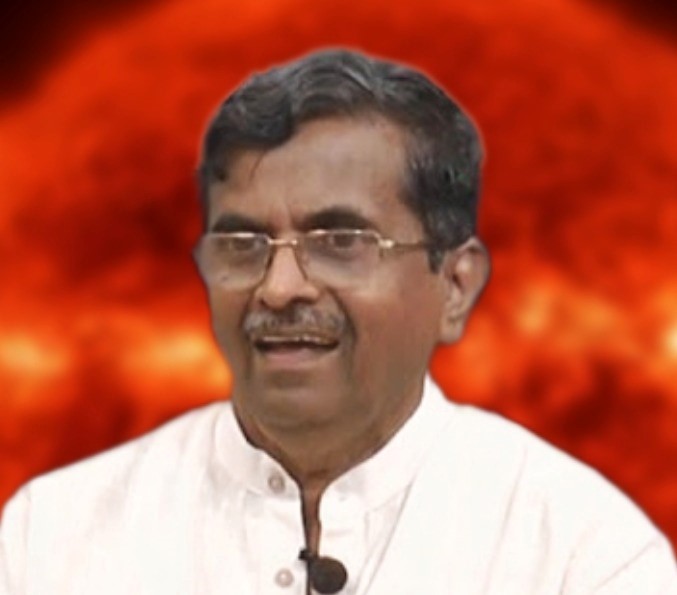Udupi:
The rising frequency of natural disasters worldwide, from cyclones and earthquakes to cloudbursts and prolonged monsoons, is closely linked to heightened solar activity, said noted astronomer and retired principal Dr. A.P. Bhat of Udupi.
Dr. Bhat explained that such phenomena are influenced by the intensified behaviour of the Sun, which is currently experiencing a highly active 25th 11-year sunspot cycle that has exceeded all scientific predictions. “Scientists had forecast that this cycle would end by January 2025, but the Sun continues to emit powerful Coronal Mass Ejections (CMEs) — among the strongest recorded in the past century,” he noted.
Highlighting this year’s unusual weather, Dr. Bhat observed that two cyclones formed simultaneously during the Kartika Deepotsava season — one in the Bay of Bengal and another in the Indian Ocean moving toward India’s west coast. “While cyclones in the Bay of Bengal are common, their emergence in the Arabian Sea is rare. Such occurrences, once exceptional, have now become almost annual,” he said, adding that the Western Ghats act as a natural shield, deflecting many storms toward Mumbai and Gujarat.
On seismic activity, Dr. Bhat pointed to the Ring of Fire, a tectonically volatile belt encircling the Pacific Ocean, which has witnessed increased earthquakes this year. “When tectonic plates — nearly 50 km thick — collide or shift, they trigger earthquakes. Volcanic eruptions and underwater collisions can also cause tsunamis,” he explained, suggesting that solar fluctuations may influence such events.
Discussing cloudbursts, Dr. Bhat said these extreme rain events, once confined to the Himalayan foothills, are now seen in parts of southern India such as Kushalnagar and ShiradiGhat. He attributed this to volcanic particles forming clusters that enhance cloud formation.
“In this grand cosmic drama, the Sun is the choreographer and the Earth is the performer,” Dr. Bhat concluded.



